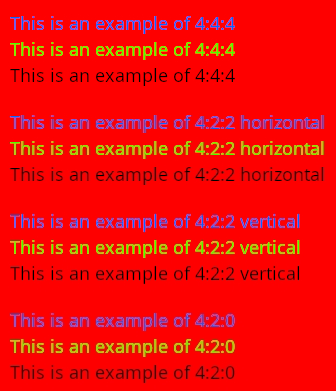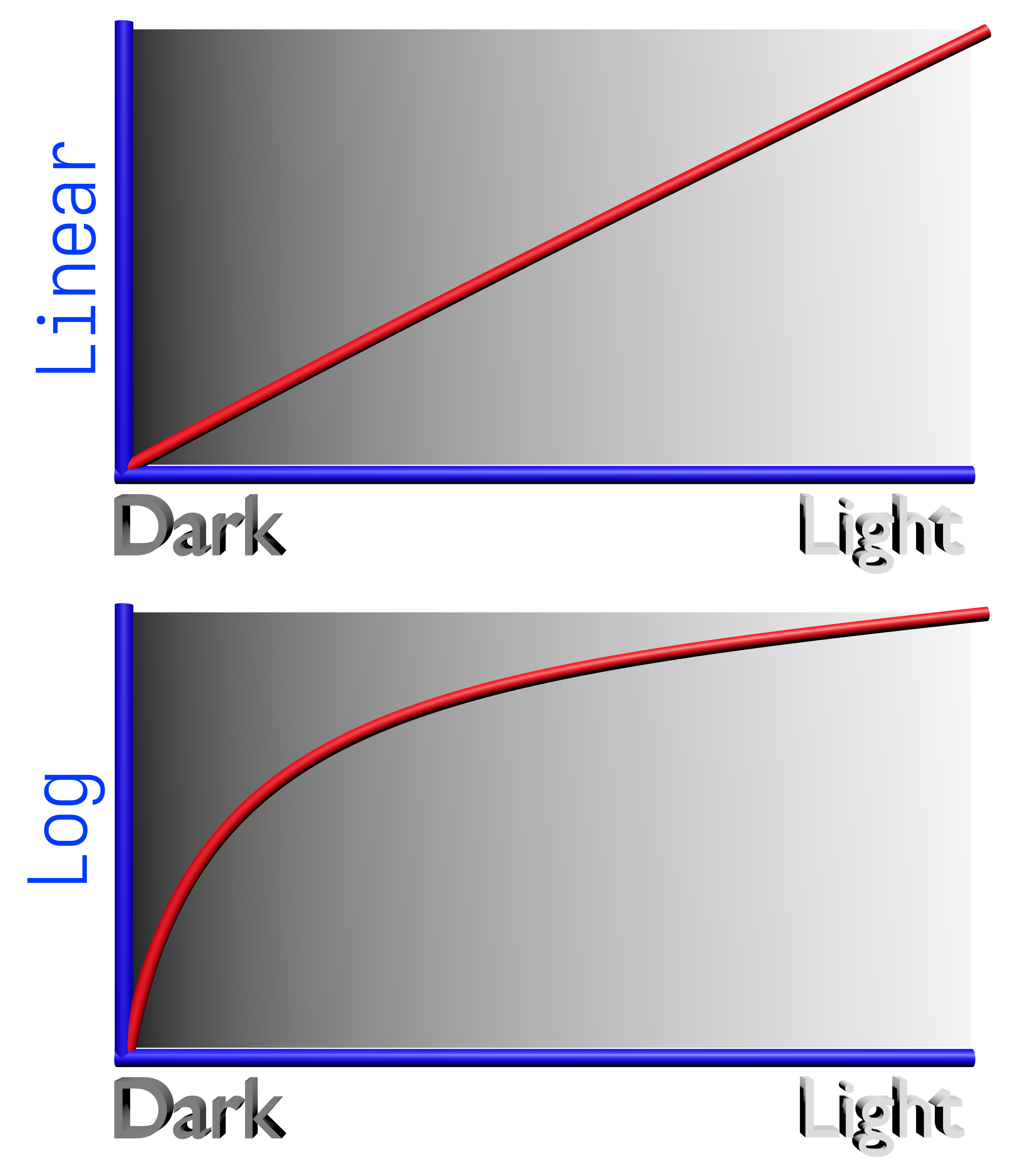V-log,Chroma Subsampling 4:2:2,10-bit:Modern Video Standards Explained
I wrote this article because I wanted to publish the materials I made for the review and explanatory video below. So this is just a very quick commentary with examples. The images and videos here are free to use.
10-bit
Classic photos and videos are mostly 8-bit. The image consists of small single-colored points called pixels. Each pixel color is a mixture of three basic colors: red, green, blue. These colors are stored in computers using 8 bits which allows for values 0-255 with minimum step of 1 (so 0,1,2,3...). Modern cameras can capture these pixels in 10 bits which can have 0-1023 value. In other words, 10-bit videos support more shades and colors.

The difference is visible mostly in gradients. Gradient is a transition from one color to another. For example, assuming the same value in all three channels RGB (which produces shades of gray), when there are three pixels where pixel number 1 has value 100 and pixel 3 value 102, pixel 2 would naturally have value 101. The problem is when pixel 1 is 100 and pixel 3 is 101. Value 100.5 cannot be stored since the values are natural numbers only. Therefore, the value would be duplicated and there will be either 100 or 101. So in the image, there will be visible steps. These are called banding artifacts. A method called dithering can be used to mitigate them by adding a random noise to the image, but the noise can degrade the image quality.

To truly see 10-bit image, 10-bit monitor is necessary. 10-bit video is, however, still useful with 8-bit monitors. With color grading, we often trim the histogram - removing some color ranges, turning them to very dark or bright areas. Then we have less colors left and this the banding can be more visible.
Difference between 8-bit and 10-bit video with color grading
Chroma subsampling
Human eye can distinguish more the differences between the color intensity (it's lightness or darkness - the shader of gray) than between the saturation (the color itself - looking red, blue, yellow, orange...). That's why the RGB is converted into YUV where Y is the color intensity and UV are coordinates to a saturation model. The UV channels are then stored in half resolution. This saves a lot of data.

Color differences between two pixels ar hardly visible in a 4k video but they can be visible with some thin details or text.

V-log
This recording mode is supported by many modern cameras. It produces a very flat and low contrast image which is not suitable for final product. It is only meant for advanced color grading and post processing. Standard modes record the video and the signal is sampled and digitized in a linear space. The very dark parts of the scene are almost black and the light ones are white. Logarithmic sampling obtains more information between these extremes as it samples the signal more densely there. In other words, the bright and dark parts contain more visible details which is extremely useful for post processing. The 10-bit video depth is especially useful when using V-log mode.

Difference between standard and V-log video
Difference between standard and V-log video
Keywords: camera, filmmaking, videography, simple explanation
#cinematic #dslr #camera #cinematography #filmmaking #filmmakinggear #editingvideo
Privacy Terms